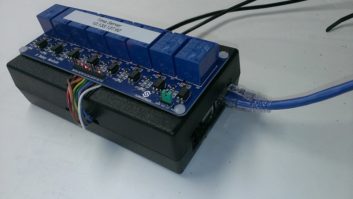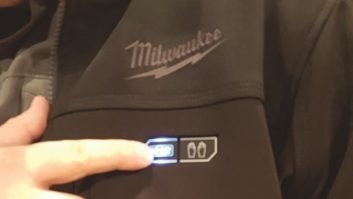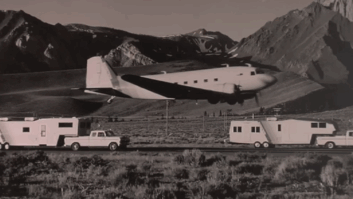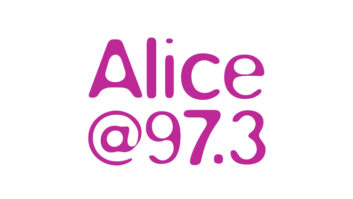We asked you to tell us what’s in your toolbag. John Cone doesn’t carry one; he uses a Pelican brand equipment case. And he says the most important tool inside is a Dymo Rhino Pro label maker.
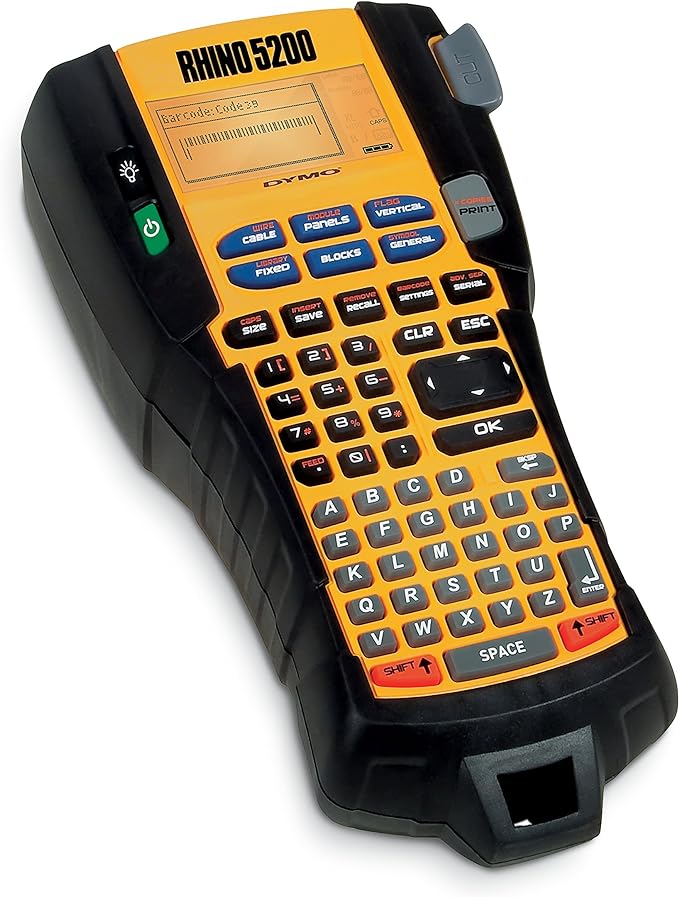
John says that many radio stations seem to have been built without labels for their wires and cables. So when he is working on a facility and identifying wires and cables, he also takes the time to label them.
In his case he also carries a tone generator and probe; the latter is invaluable as an audio signal tracer. He also has a CTP Systems dBbox3 audio tester, again for analog audio signal tracing.
On the RF side, John has a small AEA vector network analyzer. He uses this instrument when he has a dozen unmarked coax cables inside the transmitter building and would like to be able to tell which one is for the 950 MHz STL. He also carries a small, very nice TTI spectrum analyzer as well as an old Pira.cz USB FM analyzer to assess whether a station is over-processed.
Bright at night
Ed Walters, K8DI, is with The Solution LLC in southwestern Michigan. At the top of his list of “must have” tools is a decent LED flashlight. Ed likes the Nitecore P10. He calls it “stupid bright” and says it’s not so expensive that he worries about losing it.
Ed says that at his age a magnifying glass also comes in handy, as does a small first aid kit that includes bandages, tweezers and antibiotic cream. Thinking of safety, Ed includes a box of latex gloves and a face mask, helpful for cleaning up rodent messes or in a medical emergency.
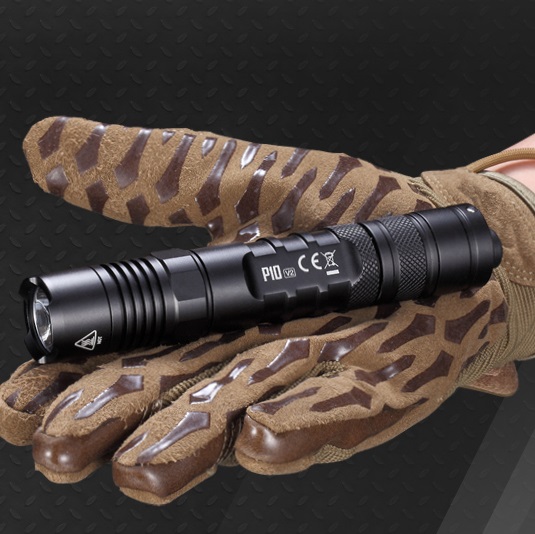
He makes sure he has a fully charged cell phone, with reliable coverage for emergency calls and a camera for documentation.
It’s important to include at least one pair of pliers, a wrench or a crimper that’s big enough to hit something with! Ed’s preferred solution is a pair of Klein Tools electrical lineman’s pliers. (See our earlier column “New Uses for Your Handy Klein 9s.”)
These days Ed installs audio gear in theme parks, but he recently converted an RCA BTA-1R1 into a ham radio transmitter. He says those “relics” are fun to work with. He says his rig has no PCB capacitors, just a wonderful old smell!
A lifesaver
Dale Lamm is director of engineering at Alpha Media’s WHBC(AM) in Canton, Ohio. At the top of his list is a good non-contact AC voltage sensor. Prices range from $20 to $30.
Wave the sensor around any wiring that you plan to touch. Not everything has a shorting stick! An inductive probe can keep you from getting bit, or worse.
Like Ed Walters, Dale recommends a good camera phone. Take pictures of wiring before you disturb it, and you’ll have an easier job when it’s time to put everything back together.
Dale uses the photos to document his work in the transmitter logbook, which helps him address recurring problems. Those pictures also can be used to provide a progress report to the boss.
And Dale agrees that your travel bag should include a well-stocked first aid kit. Scotch #3 makes for poor bandaging.
What’s in your bag that you can’t live without? Email me at [email protected].
News tool
Electro-Voice and Shure both make long-handle versions of their handheld omnidirectional mics that are so popular for news work, the EV635 and Shure SM63. It’s interesting that adding just a little more “reach” makes for much better audio.
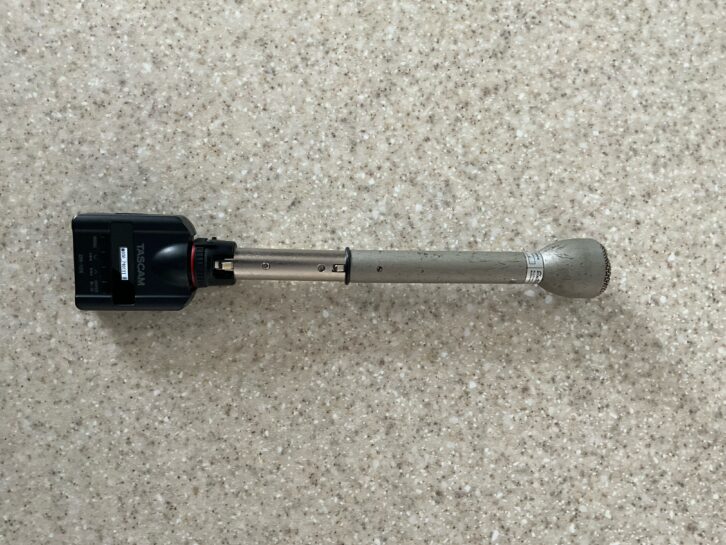
But what if you already own the classic shorter versions and would like to get that extra reach?
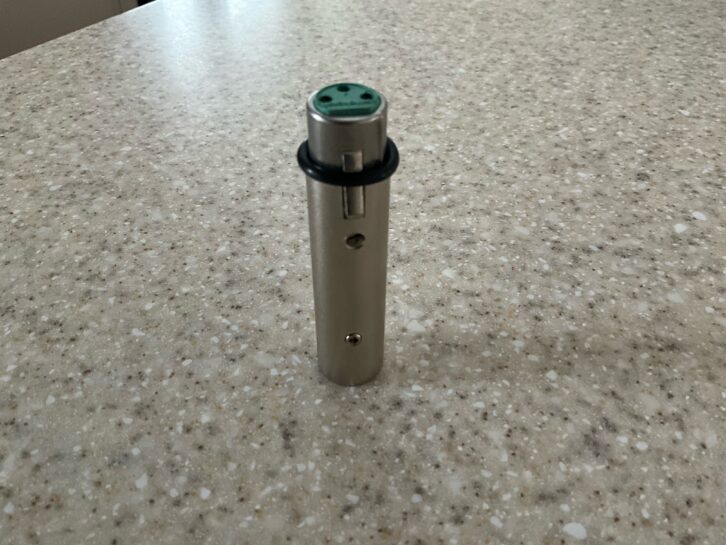
Jim Schultz of Schultz Communications in Warren, Conn., offers a solution. He purchased an XLR male/female extension adapter from Amazon ($8.99 for two). The adapter easily adds 2.5 inches to your microphone and is the same diameter as those EV and Shure models. Jim added a 5/8-inch O-ring on the female side to make for a snug fit into the microphone, as you can see in the photos.
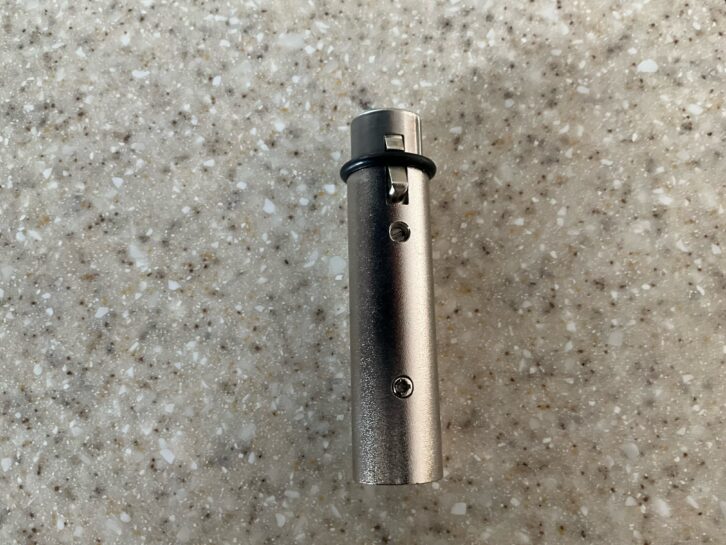
Workbench submissions are encouraged and qualify for SBE recertification credit. Email [email protected].
